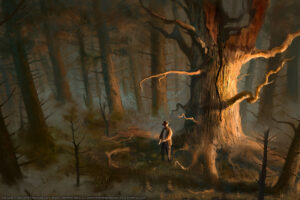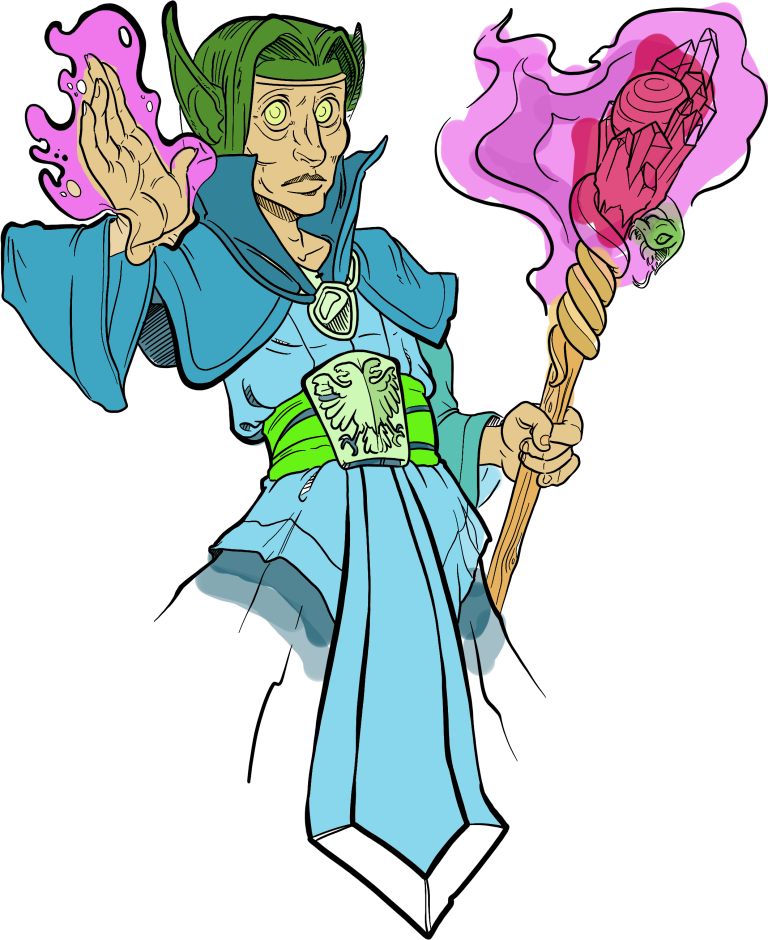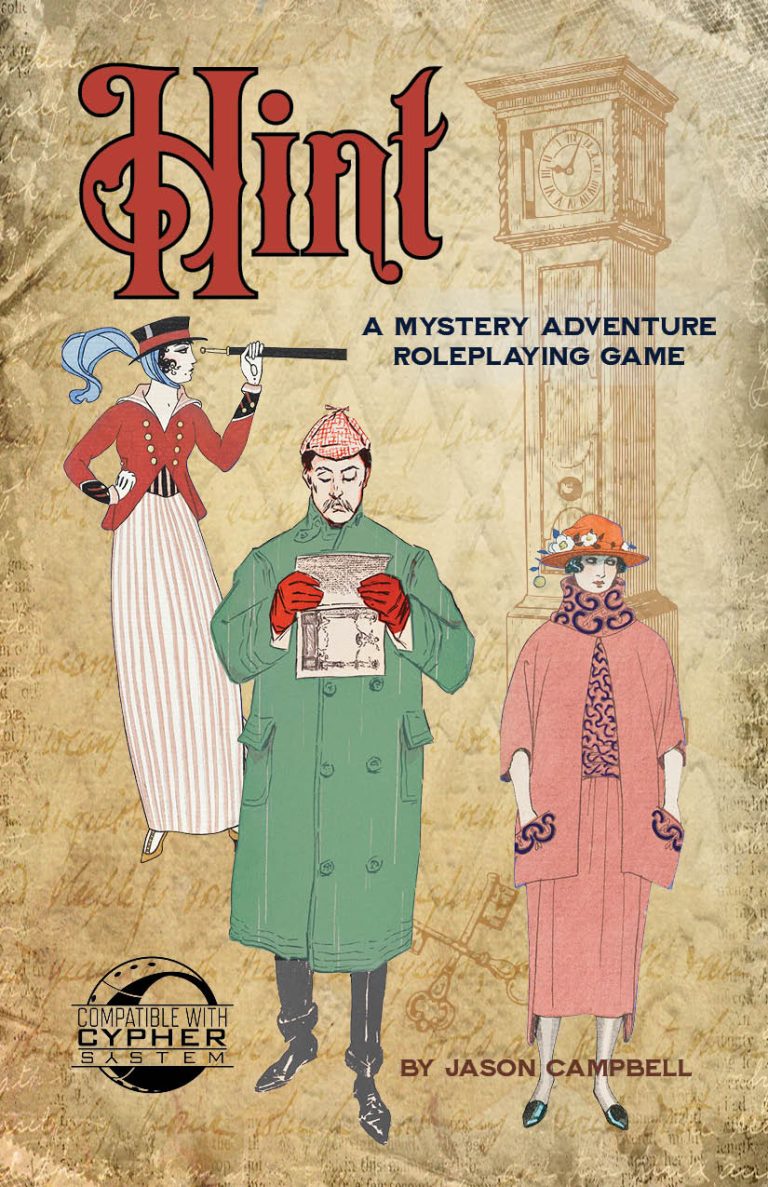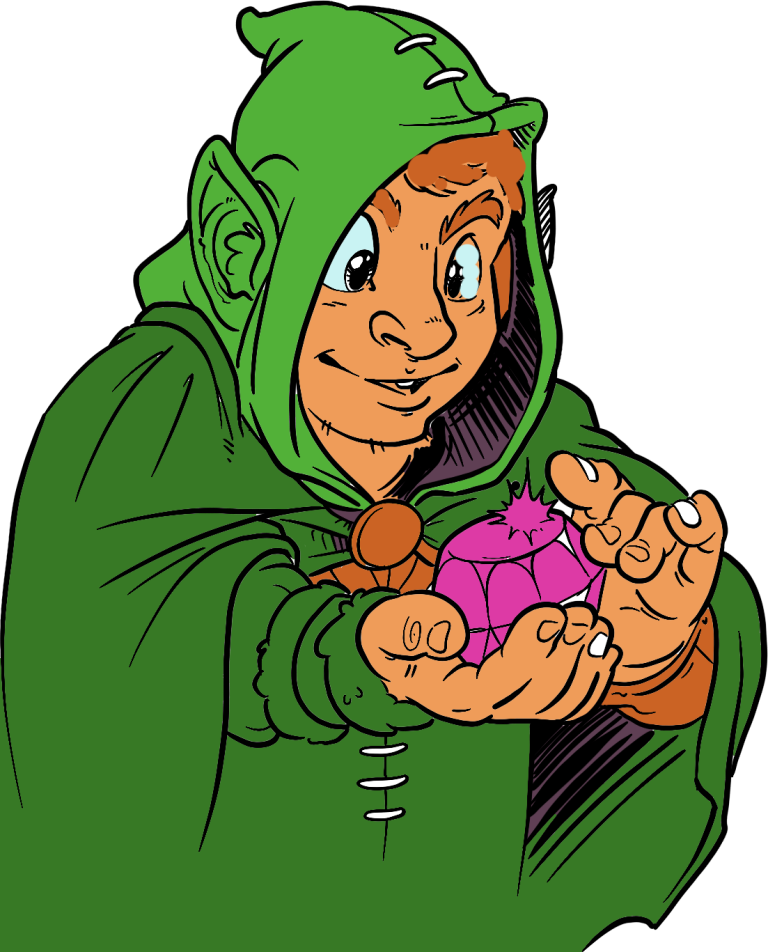By Jason Campbell
NOTE: no money or concessions were provided in exchange for this review.
Old Gods of Appalachia Roleplaying Game is a tabletop roleplaying game published by Monte Cook Games. This book uses Monte Cook Games’ Cypher System rules and is the result of the hugely successful kickstarter campaign of 2022. The game is based on the eldritch horror podcast Old Gods of Appalachia, created by Steve Shell and Cam Collins.

Old Gods of Appalachia Roleplaying Game is a gorgeous 418 page hardcover written by Shanna Germain with additional design by Cam Collins, Dominique Dickey, Sean K. Reynolds, Steve Shell, and Tammie Webb Ryan. The artwork evokes the spirit of the folk horror the podcast is based on. The book is available in hardcover or PDF.
The book makes use of the Cypher System Roleplaying Game rules. Unlike other genre books published by Monte Cook Games which require the Cypher System Core Rulebook, this book is all inclusive – it contains the setting as well as the complete rules. No other books are needed to play adventures in this game system and setting.
The setting of the book is an alternate version of the Appalachian area of the eastern United States: parts of Pennsylvania, Kentucky, North Carolina, Tennessee, Virginia and West Virginia. Most games take place in the first part of the 1900s, usually around 1930. The setting, like the podcast, centers around the people of the area, usually the poor working class dependent on the coal and railroad industries. Stories mainly center on the supernatural, leaning on the folk tales of the region such as ancient “haints” – spirits and creatures of the lands.
The book begins with an introduction to the setting. The writing emphasizes the character of the people of the region, using a writing style that makes you feel as if you’re talking with a local. It does a good job of describing the character of the people and the region without relying on stereotypes. There’s a strong emphasis on this setting being an alternate version of the region, inspired by the folklore, not a historical representation of the area. The themes here are the connections between the people, familial ties whether biological or emotional. These ties are used to connect the player characters to the people of the region against the forces of evil, which are often very human, and not always supernatural. The book also talks about making sure all players agree on what is ok for the game and what subjects should be avoided. There’s a consent form in the back of the book which is useful in this aspect.
The Old Gods of Appalachia game uses the Cypher System with no major changes. It’s a system that emphasizes story over tactics, making use of resource management mechanics. Some familiar Cypher terms are renamed to fit the setting, such as “warriors” being renamed “protectors”. The descriptors and foci are a mixture of those from the Cypher system renamed along with new versions to match the themes of the setting. There’s a particularly welcomed section included on teaching the rules to players new to the game system, rare in these sorts of books. There’s also a section called “Enhancing the Horror,” providing some optional rule adjustments to make the game a bit scarier.
Chapters 10-16 detail the six states that are part of the Appalachian region and detail a few towns and counties and some of the important NPCs of each region. These are great for plot threads if you’re going to create your own adventures and campaigns. There are a few villains whose influence carries through all the areas of the region which make great big bad guys for longer campaigns. There are many creatures, cyphers and artifacts with setting appropriate names and descriptions.
There are two short adventures included in the book. The first, The Luthier’s Folly, is a good introduction to the setting. It’s a two act adventure that could be played in 3-4 hours. One caution is that this adventure makes a good first adventure of a longer campaign but doesn’t work as well as a one-shot. That’s because the ending is “soft” and could leave the players feeling they’d missed out on something. It works better if used as inspiration for another continuing series of adventures.
The second adventure is called What Paths May Cross and is structured as a point crawl with a really strong story. It might be difficult for new GMs as the point crawl structure may be confusing. Likewise it can be difficult to fit in a specified time frame as it is hard to tell how close the PCs are to wrapping things up. It works best for experienced GMs, with players of any experience level.
This book is great for fans of the Old Gods of Appalachia podcast or folk horror in general. It’s also a good introduction to the Cypher System for those who might be interested in using it for other genres. The book is already popular and you’ll likely find games run in TTRPG conventions for quite some time, and maybe at your local game store.
Have you played Old Gods of Appalachia? Let us know what you think in the comments below





